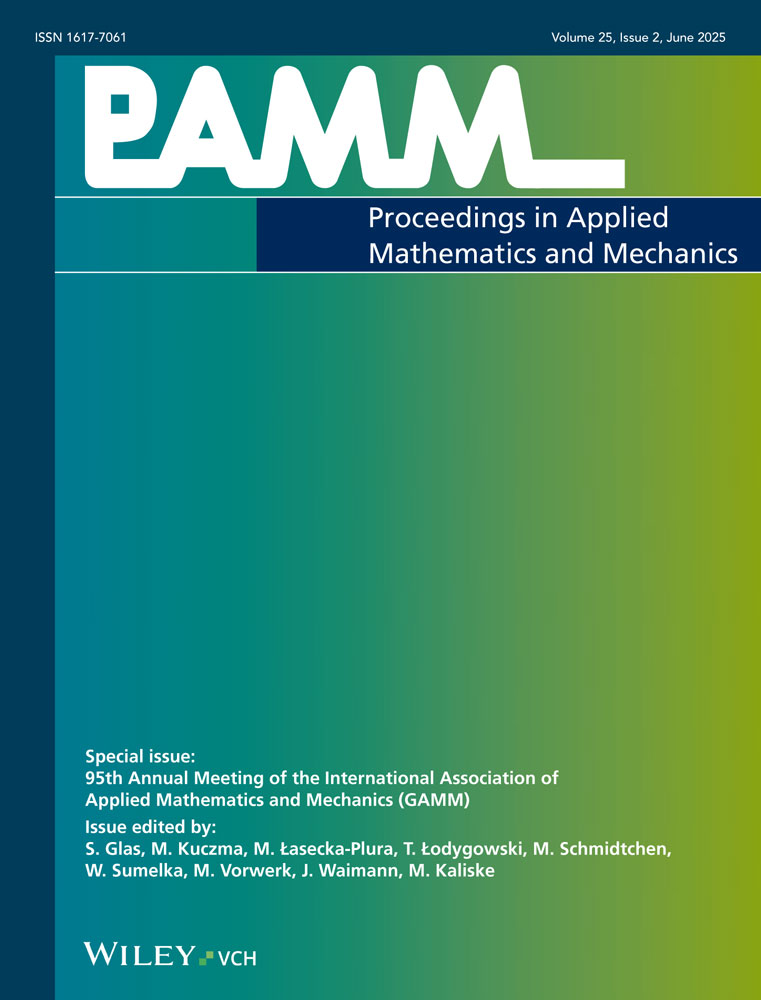A Comparison of Algorithmic Approaches to Damage-Plasticity Modeling in the Context of Gradient-Enhancement
Abstract
A gradient-enhanced damage-plasticity formulation is proposed, which prevents the loss of well-posedness of the governing field equations in the post-critical damage regime. The non-locality of the formulation then manifests itself in terms of a free energy contribution that penalizes the occurrence of damage gradients. A second penalty term is introduced to force the global damage field to coincide with the internal damage state variable at the Gauss point level. An enforcement of Karush-Kuhn-Tucker (KKT) conditions on the global level can thus be avoided and classical local damage models may directly be incorporated and equipped with gradient enhancement. An important emphasis of this research is to investigate the efficiency and robustness of different algorithmic schemes to locally enforce the KKT conditions in the multi-surface damage-plasticity setting. Response simulations for a representative inhomogeneous boundary value problem are studied to assess the effectiveness of the gradient enhancement regarding stability and mesh objectivity. (© 2016 Wiley-VCH Verlag GmbH & Co. KGaA, Weinheim)




